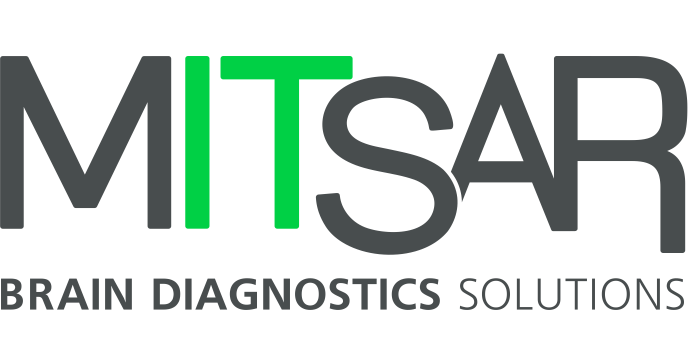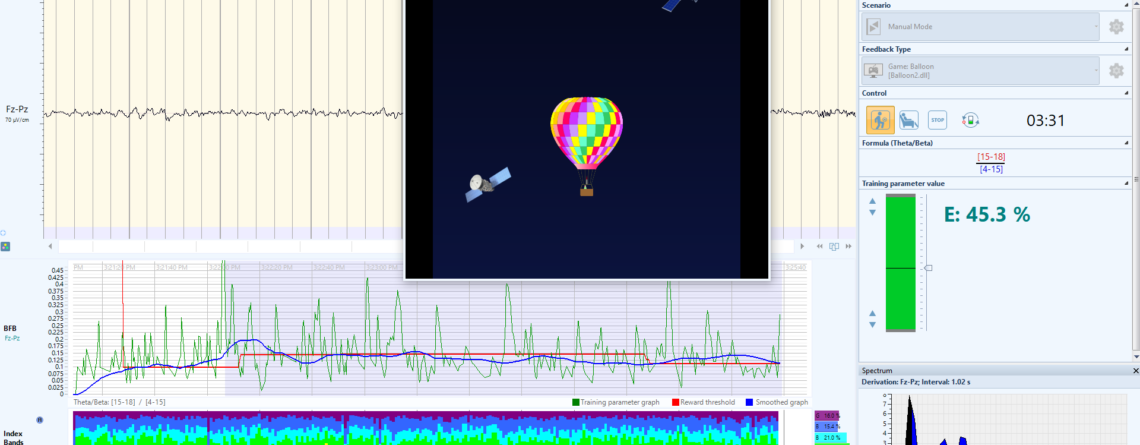Tracking Progress in Neurofeedback (EEG-based biofeedback) Therapy
Evaluating progress during a neurofeedback EEG therapy course requires a comprehensive approach that goes beyond merely analyzing absolute EEG spectral values. Below are essential considerations for effectively assessing outcomes: Test-Retest Reliability of EEG Spectra EEG power spectra are inherently variable and influenced by factors such as mental state, fatigue, and environmental conditions. Due to this variability, relying solely on absolute spectral values as indicators of progress is not reliable. Instead, clinicians should focus on patterns of change and trends across multiple sessions....




